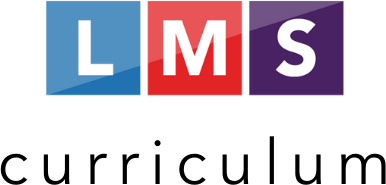Ode to Left Arm
by Elizabeth Meade

Photo by Joye Ardyn Durham
Writing Workshop
Workshop Title: Left Arm
Step 1
Ask your students, “What is a part of yourself that you’ve always “hated” or felt insecure about? For example, it could be your eyebrows, your knees, your ears, etc. Briefly discuss why.”
Step 2
Read “Ode to Left Arm” by Elizabeth Meade. When you’re done, briefly discuss the poem. How does the poet feel toward her left-arm? Did she always feel that way? Discuss how the poem conveys her feelings.
Step 3
Say, “Choose one characteristic of yours (either literal or figurative) that you have felt insecure about. Then come up with a list of reasons to praise this characteristic. In what ways can you express your admiration or gratitude?” Then give them a few minutes to brainstorm.
Step 4
Ask your students to compose a poem similar in sentiment to “Ode to Left Arm” in which they express their admiration, praise, or gratitude toward a part of themselves that made (or makes) them feel insecure or embarrassed.
Step 5
When the students are done, have them share their responses with one another.
Analytical Lesson
Area of Focus: Figurative Language
Step 1
If your students are not familiar with the concept of “figurative language,” go over the introductory lesson with them.
Step 2
Start by showing your students the following video, a short clip of a Q & A with a person living with cerebral palsy.
Step 3
Show the following video of Elizabeth Meade reading her poem, “Ode to Left Arm.” As your students are watching, have them pay attention to the speaker’s “complex perspective” toward her left arm.
Step 4
When the clip is done, briefly discuss the piece. Why write an “ode” to her arm? What pieces of figurative language stood out in the piece? And what do those examples mean on a literal level?
Step 5
Have your students open the following document and go over the instructions with them. In this assignment, your students are going to explore the figurative language in the piece and, by looking up the definitions of choice words, determine how the figurative comparisons work to contribute the meaning of the piece as a whole. When you’ve gone over the directions, give your students time to work.
Step 6
When your students are done, have them share a few of their words with the rest of the class. What larger understandings did they come to with their exploration of the words’ definitions? Discuss.
Essay Materials
Lesson Details
Lesson Info
Focus
- Figurative Language
Themes
- Appreciation
- Body / Body Image
- Disability Themes
- Health / Health Care / Illness
- Joy
- Love
Literary Tags
- Diction
- Figurative Language
- Imagery
- Tone
